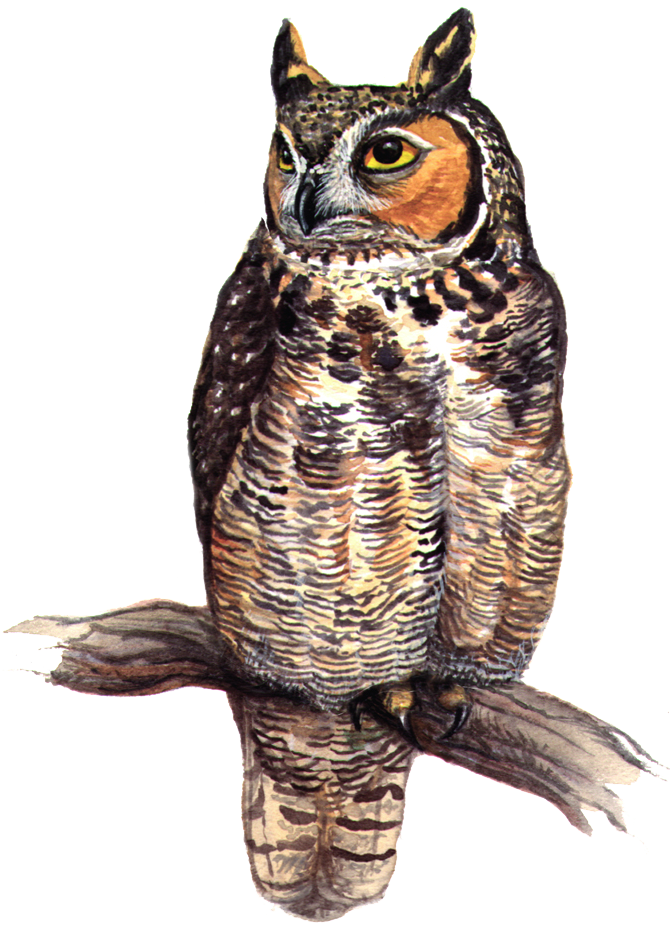Properties to Visit with Young Explorers
- Rettich Preserve – This is a large open space with short flat trails through a meadow and down to the Hammonasset River. Rettich Preserve was a working farm for over 100 years. Look for the old barns, butterflies, and bluebirds! Dedicated parking area.
- Neck River – This trail system has a few loops of flat, wooded hiking that follows along the Neck River at points. Small parking area off the street.
- Summer Hill Preserve - Look for the beaver home in the pond and cross the bridge over a gentle stream. Short, flat trail with a small parking area off Summer Hill Road.
- Bailey Trail South’s Cider Mill Spur – Get wet and explore two vernal pools in the spring along this short level trail near the Hammonasset River. Parking along Concord Drive.
- Ox Pasture – There is an observation platform accessible from a short gravel path that overlooks the marsh. Be on the lookout for fiddler crabs and a variety of marsh birds.
Properties to Explore with Older Kids
- Blinnshed Loop – Wear your boots, bring a net and explore around a large pond and stream. This is the site of our annual Amphibian Hike. Parking in the lower lot of the Country School.
- Indian Rock Shelters – Venture into cool rock shelters and explore the streams. On-street parking in a cul-de-sac.
- Camp Hadley Trail - Discover the remains of the historic Civilian Conservation Corps (CCC) camp site built in 1935. Parking along Warpas Road.
- Neck River Uplands North – Traverse rock ledges and streams, look for wild blueberries, and discover the rock room! Parking on street along Princess Drive.
You can find more information on all of our trails including parking, trail length, and difficulty here. Please note that there are no bathrooms at any of our trailheads.
While You’re Hiking:
- Take and Share Photos- Tag us on Facebook or Instagram!
- Nature Scavenger Hunt - Get an empty egg carton or other container and create a list of items to collect from your hike – (for example something round (an acorn), something soft (a feather), something spiky (a stick), something dry (a fallen leaf) something strong (a rock), something silly (a pinecone)…).
- Geocaching – Be part of the world’s largest treasure hunt! Download the app and navigate your way to hidden geocaches along our trails! Learn more at www.geocaching.com/play. There is at least one geocache hidden on every MLCT trail.
- Letterboxing – Letterboxers hide small, weatherproof boxes and post clues to finding the box online. Individual letterboxes usually contain a log book and a rubber stamp. Finders make an imprint of the letterbox’s stamp on their personal log book, and leave an imprint of their personal stamp on the letterbox’s logbook. Learn more at http://www.letterboxing.org/
- Interactive Trail Map – Use our mapping system to pinpoint exactly where you are on the trail.
Looking for More?
We offer a variety of free, fun and educational guided nature walks, many of which may be of interest to kids (frogs! horseshoe crabs! bagpipers! huge telescopes! geocaching!) Sign up to be on our email list to receive information about our guided hikes or check our website or Facebook page for updates.
How can Kids help the Land Trust?
Scouts, clubs and community groups have held fundraisers, done trail cleanups, and installed nest boxes, bridges and signs along our trails. Contact us for project ideas. Thank you for your support!
Thank you for visiting and remember…
Many of our spaces are home to fragile and vital habits — both animal and plant. We have carefully designed our trails to provide maximum exposure to many wonderful natural features so you and your young hikers can see the beauty that Madison has to offer up close. We encourage you to educate your young hikers on the importance of respecting the wild habitats that surround our trails while you enjoy MLCT properties.

Great Horned Owl
The great horned owl is the largest owl in Connecticut, growing up to 25 inches long with a 5-foot wingspan. It is easily identified by its size, the tufted feathers on its head, and a call that sounds like “Who’s awake? Me too!” Although they look like ears, the two “horns” on the owl’s head are just feathers. Great horned owls live in wooded areas and feed on small mammals, reptiles, amphibians, fish and birds, including other owls. After swallowing their prey, owls regurgitate the bones and other indigestible parts as a pellet. These are often found on the ground under an owl’s roost, and can be dissected to determine what the owl ate.
Painting © Michael DiGiorgio


